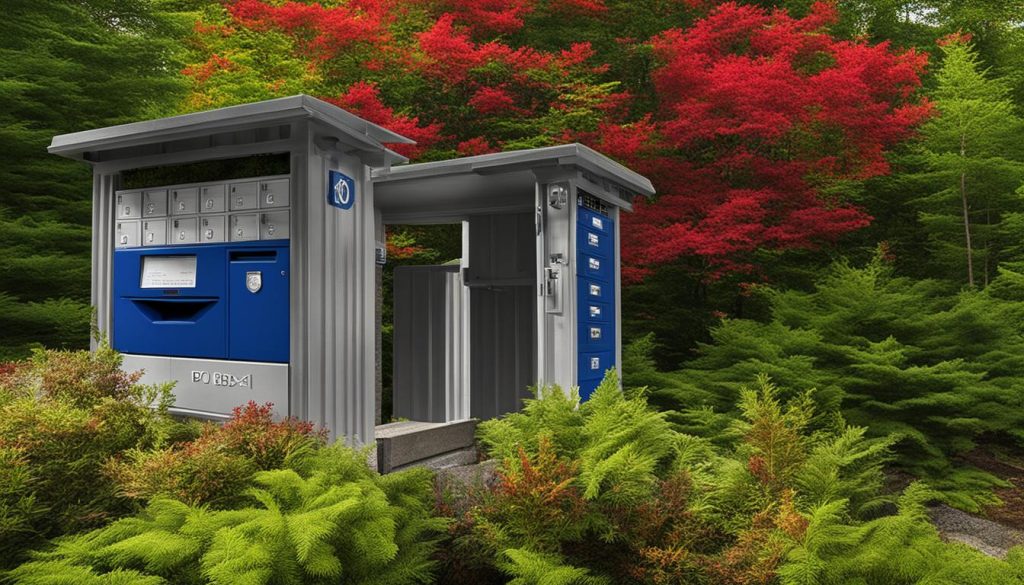The On Board Diagnostics (OBD) system is a computer that constantly monitors key engine parts. It’s designed to alert drivers to deterioration or failure in these components before the driver becomes aware of it.
Most modern vehicles use OBD systems to perform self-diagnostics. It’s important to note that a few of these checks require specific drive cycles.
Check Engine Light
The check engine light is an important warning indicator that your car is experiencing a problem. This is because it means that a sensor or some other part in the system is not functioning properly.
Thankfully, most vehicles today are equipped with an onboard diagnostics system, or OBD. This system stores specialized codes that identify certain systems or parts of the vehicle that have been malfunctioning.
When a trouble code is logged, it is sent to the ancel obd scanner port and is accessible through a specialized reader. A mechanic can use this information to diagnose a problem and source the issue.
Scanner
A scanner is a piece of software and hardware that collects and organizes digital information from a variety of input sources. This allows it to provide information about a vehicle’s systems and error codes, which can be used by mechanics to diagnose problems.
OBD scanners are available in several forms, including standalone devices that can read and analyze data from your vehicle’s engine control unit (ECU). Some also connect to smartphones via Bluetooth and display diagnostic codes on a screen.
In addition, some scanners have built-in batteries that last for hours. The amount of information you want to collect will determine which type of OBD scanner is right for you.
Before using your OBD scanner, check the connection to your car’s OBD port, also known as a diagnostic link connector (DLC). Each vehicle’s DLC is different, but most are under the driver’s dashboard near the pedals.
Emissions System
If your vehicle has been in service since 1996, it will have an On-Board Diagnostic (OBD) system. These systems work to monitor the health of your engine and emission control systems.
When your OBD system is working properly, it will let you know if something is wrong with one of these systems or components before it causes a problem that could lead to an expensive repair. This helps save you money and reduces emissions pollution in your local community.
Your OBD system also runs self-checks of emission control systems and components to ensure they are functioning within allowable emissions standards. When this is done, the OBD system will set readiness flags to notify you that all of the required diagnostic tests have been performed and your vehicle is ready for an emissions test.
If any of the emissions monitors are not ready, your vehicle will not pass the test and a Not-Ready Rejection VIRS will be issued.
Fuel System
The fuel system is a crucial part of your vehicle’s operation. Having a leak in the system can drastically reduce your vehicle’s performance and overall driving experience.
The OBD II system monitors the fuel system to ensure that it is working properly. It does this by checking for fuel vapor leaks in the tank, vapor lines and charcoal canister each time you drive your vehicle.
When a leak is detected, the OBD II logic sets a misfire fault code. These codes are typically a P030X where X corresponds to the cylinder number that is misfiring.
The codes are derived from a set of diagnostic data that is stored within the OBD II computer. This data is referred to as “parameter identification numbers,” or “PIDs,” and are outlined in the SAE J1979 standard.










